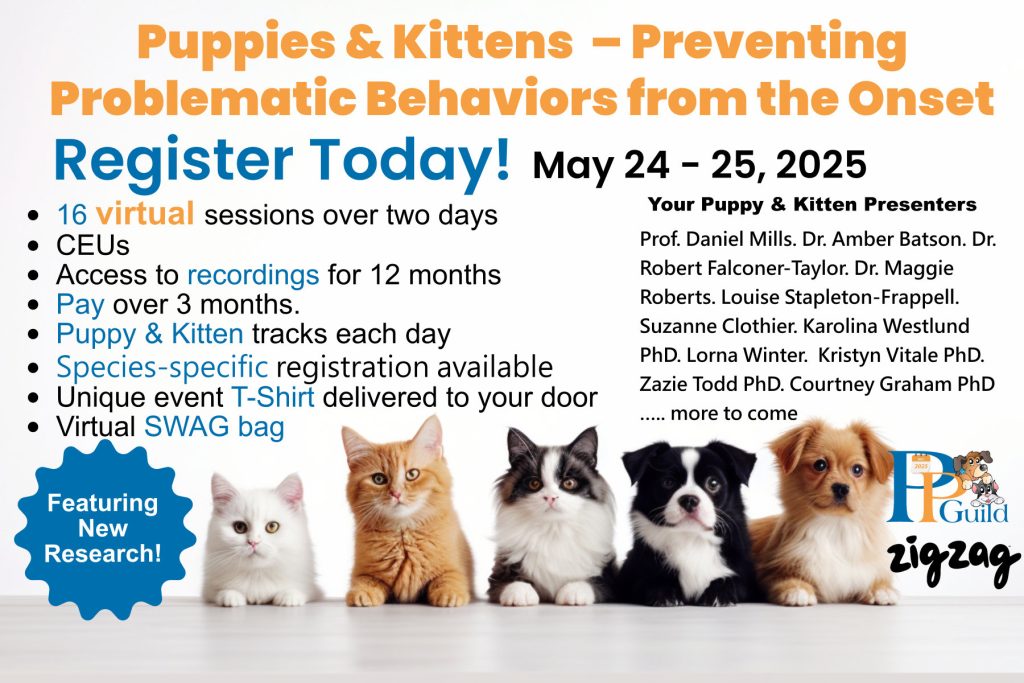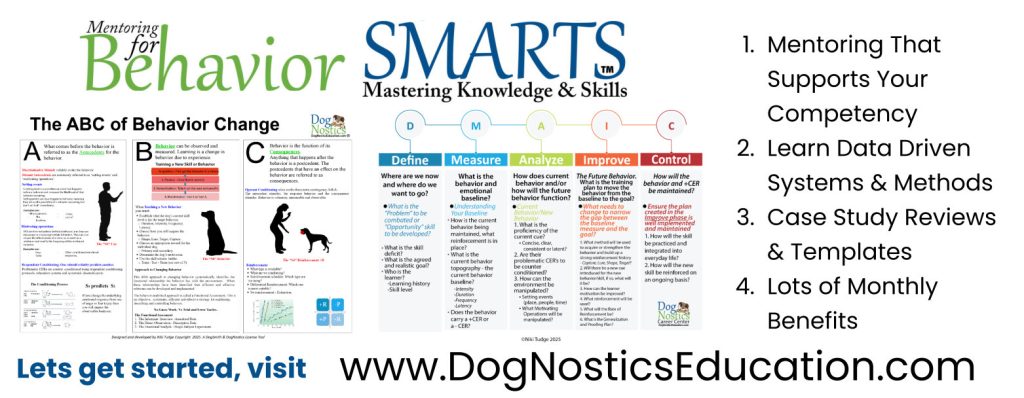Pets and Their People Blog
Think Your Dog Is Stubborn and Willful?
When a family recently submitted a puppy training application, I looked for key words to gain insight as to their relationship with their pup.
I saw words describing 13-week-old Bella as strong-willed and stubborn, dominant, and growling when verbally or physically punished. Their verbal corrections were a harsh “Eh, eh!” and “No!” to which Bella responded “aggressively.” They also complained about hard mouthing and declared that they did not play tug, but they did mess with her food while Bella was eating.
Yikes! I knew that our first appointment would require a lot of conversation.
Becoming a Team
When asked about sources of their information, the couple responded that “people” told them things about dominance, aggression and raising a puppy. When I asked if any of these people were training or behavior experts, we all chuckled. (They were not.)
I knew the husband, Shane, but had not met his wife, Erin.* (*For this article, I have changed their names.) Shane and I worked together and I knew he was an intelligent, kind and fair person. I soon learned Erin works with children with special needs.
I was encouraged and only had to find a supportive way to build a bridge between our different methods, and knowledge of dogs.
To succeed, we needed to become a team and work together.
I empathized with them, avoiding judgement, and saw how receptive they were. The couple spoke affectionately of their prior dogs, and how pets were members of the family.
Stages of Learning
First, I explained the stages of learning and used, as an example, my experience of learning how to read. I remember reciting the alphabet in kindergarten. Once I could remember the letters, I was given simple Dick-and-Jane books to read. The words were small, the sentences were short, and there were many illustrations.
I asked: What if my teacher said, “Now that you can read, here is a copy of Hamlet. Give me a book report next week.” The days passed and my teacher asked if I had done my assignment. Of course, it was beyond my ability, so I replied, “No, teacher.” My teacher then frowned, and with a harsh tone scolded, “You are strong-willed and stubborn!”
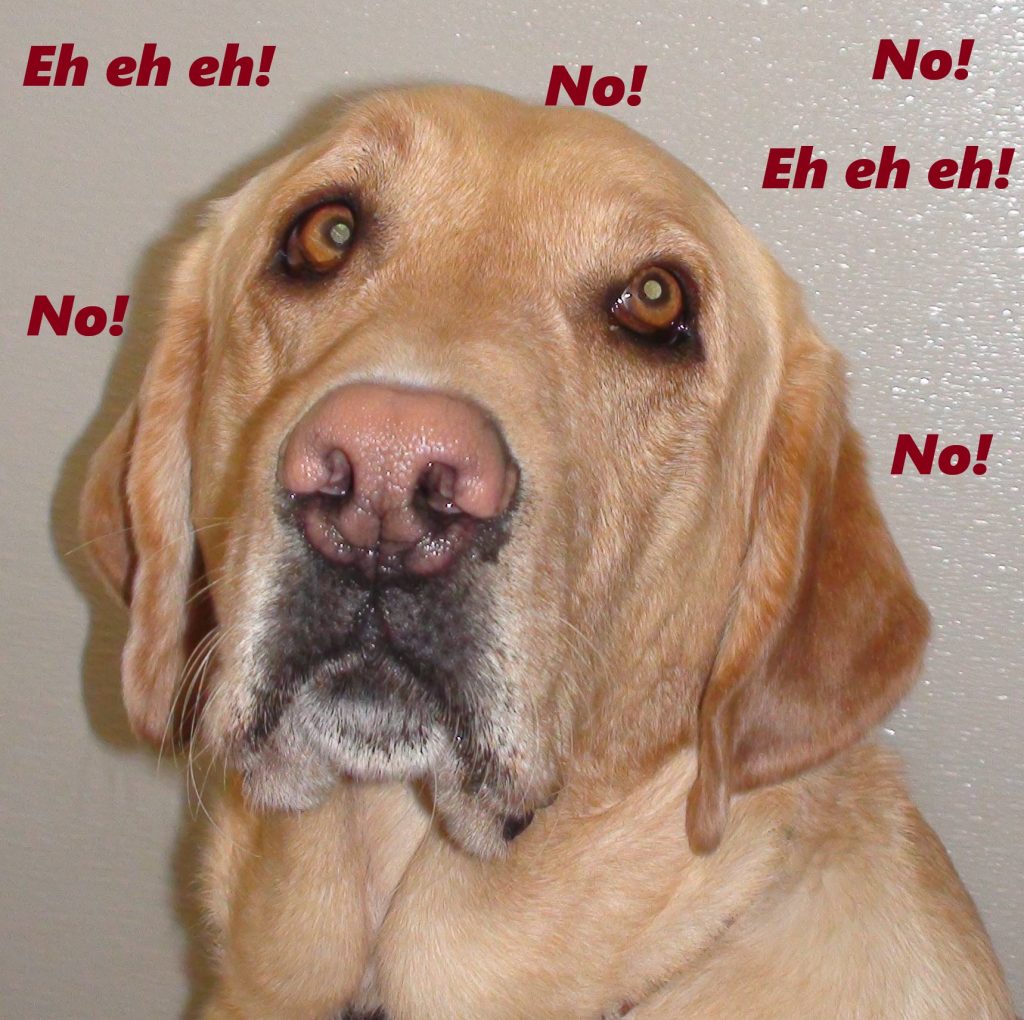
(© D. Antolec)
Second, I asked Shane and Erin to imagine I was their piano instructor. I explained the keys, pedals and sheet music. Then I asked them to play a simple song. Each time they hit a wrong note, I crossed my arms, glared at them and with a sharp tone, shouted, “No! Why are you being strong-willed and stubborn?”
They both understood my point, with amusement, and we talked about the benefit of speaking with a soft cadence, or baby talk, as I call it.
I suggested if Bella was not responding to a training cue, perhaps the instruction was not clear, was too complex, or there was too much distraction in the environment. Backing up a step to when Bella understood, and then slowly progressing from there, was the way to improve learning. They agreed.
Cooperation and Friendship
Next, I asked how they would feel if they went to a restaurant and the wait staff kept returning to their table to mess with their food. I explained some puppies might tolerate this intrusion, while others, especially as they transition to adolescence, may experiment with ways to stop human hands from trespassing. I have seen with some clients how sticking hands in a food bowl and messing with a pup while eating is a good way to encourage resource guarding.
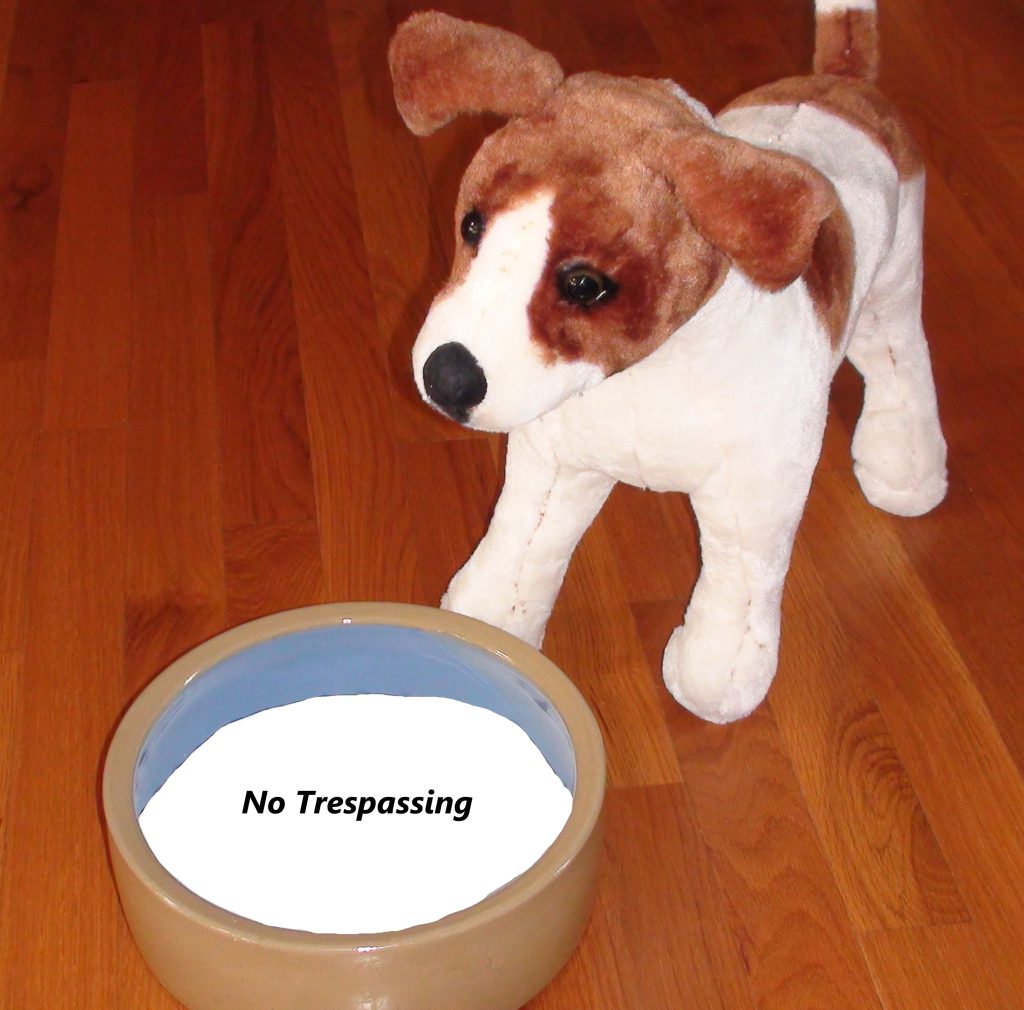
(© D. Antolec.)
We discussed the origin of “dominance theory” and how misguided it is according to experts who study wolves, free-roaming dogs, and domestic dogs. I said that they did not have to worry about whether their 15-pound puppy was trying to dominate them (she’s not). Rather than adopting this confrontational attitude toward their pet, I suggested one of cooperation and friendship.
Realistic Expectations
As for mouthing, I suggested Bella get the 18 hours or so of sleep puppies need each day, teaching her a cue to let go of things which are inappropriate, and encouraging mouthing other objects…such as a tug toy.
Using a tug rope, I played with Bella, explaining the rules of the game. Then I began teaching Take It and Drop It. Bella was happy to play tug, and just as happy to let go of (Drop) the toy. I then used another object and demonstrated how to generalize this learning.
I set realistic expectations as to when mouthing was likely to end, such as after all adult teeth have erupted. Then I laughed at my memory of how many tennis shoes my puppy destroyed in 1983. I explained how mistakes I made with my puppy motivated me to become a trainer and help others avoid pitfalls.
Team Bella is off to a good start!
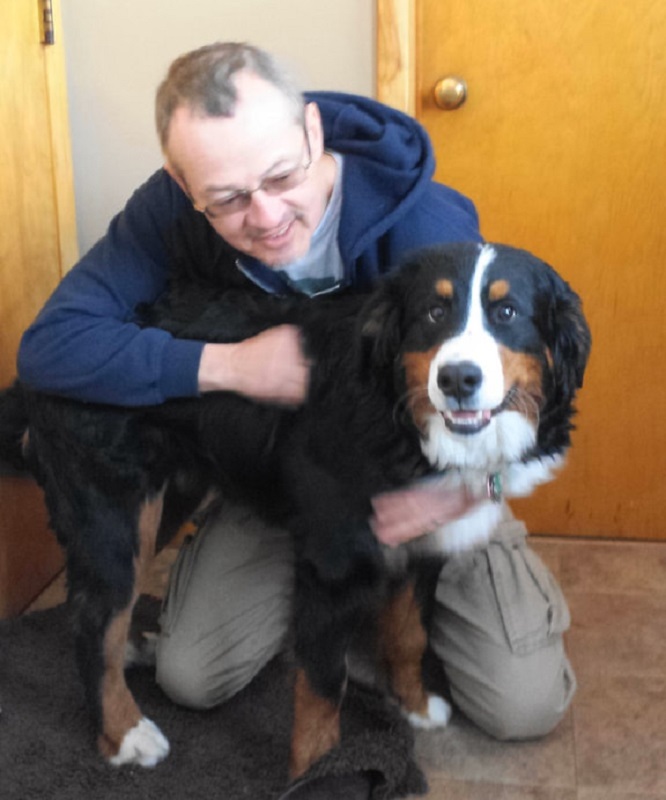
About the Author
Daniel H. Antolec, PCT-A, CCBC-KA, CPDT-KA began teaching dogs in 2011 and founded Happy Buddha Dog Training. He teaches dogs in a way that makes it fun for pet stewards and pets alike.
Resources:
Dog Brains are Sensitive to Infant- and Dog-directed Prosody. (2023), Commun Biol 6, 859. Gergely, A., Gábor, A., Gácsi, M. et al.
Dogs Detect Human Stress Smell, Affecting Their Mood and Choices (2024), University of Bristol.
Neuroscience Study Reveals Shared Processing of Human and Dog Facial Expressions (2025), Animals Neuroimaging, Eric W. Dolan.
Why Dogs Listen More Closely to Female Voices (2025), Psychology Today.
All About Puppies & Kittens: Two-Day Virtual Event
